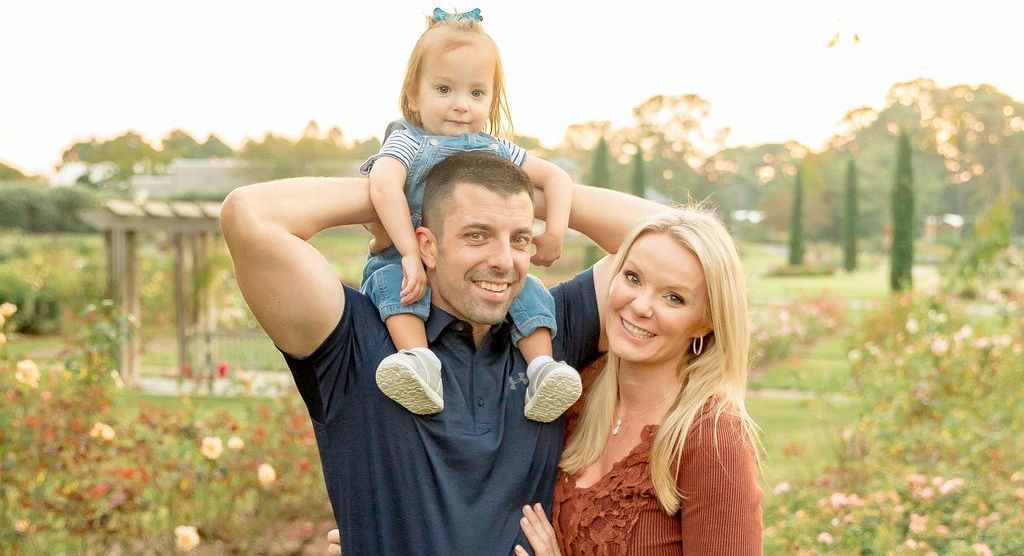Floor Sagging & Bouncy Floors
Why Floors Dip, Bounce, and Feel Soft Underfoot
Guide #1: Floor Sagging & Bouncy Floors
Floors that dip, bounce, or feel soft are more than an inconvenience—they’re a direct signal that the crawl space structure is starting to weaken. Most homeowners first notice a minor slope or a hollow-sounding spot, but underneath the home the framing may already be losing strength from moisture, age, or sinking supports. This guide explains why floor systems fail, what signs you should look for inside the home, and how proper structural reinforcement restores stability and prevents further damage.
Understanding Why Floors Sag
When floors begin to dip, slope, or feel uneven, it’s almost always a symptom of weakened framing or failing support structures beneath the home. Crawl spaces are exposed to moisture, shifting soils, and decades-old construction methods that were never designed to carry modern loads. Over time, the joists, beams, and support posts lose strength, deflect under weight, and the floor system starts to move. Even minor structural weakness compounds every year until the homeowner finally notices soft spots or uneven transitions between rooms.
Common Causes of Bouncy or Uneven Floors
Sagging floors come from one or more predictable problems: weakened joists, rotted sills, sinking interior piers, oversized spans, or undersized framing that cannot handle the weight of the home. Moisture is a major factor. High humidity softens the wood, increases deflection, and makes every framing member more flexible. When the center beam or interior piers sink even a small amount, the floor above shows noticeable bounce. Every weak point in the structure transfers motion into the subfloor, which is why footsteps feel louder or heavier in certain rooms.
How Moisture Accelerates Structural Failure
Excess humidity or water intrusion slowly destroys the strength of wood. Joists start to cup or twist, sills begin to crumble, and beams lose their ability to support weight. Once wood fibers break down, the framing no longer holds its original shape or stiffness. Even if the crawl space looks dry on the surface, chronic humidity can reduce wood strength by 20–40% over time. Homeowners often notice musty odors or soft flooring long before realizing the structure underneath is deteriorating.
Visible Symptoms Inside the Home
Structural problems eventually show up inside the living space. Floors begin to slope toward the center of the home. Doors stick or rub at the top. Trim boards separate at the joints. Tile grout cracks in the same location repeatedly. In multi-story homes, upstairs walls may show diagonal cracking or gaps between crown molding and the ceiling. These symptoms all point to one thing: the floor system is shifting, and the load path of the home has changed.
Correcting the Problem and Re-Stabilizing the Home
Proper structural repair focuses on reinforcing the existing framing, supporting weak areas, and restoring the correct load path. This is normally done by sistering joists, replacing damaged sections, adding new girders, or installing steel or pressure-treated supports with proper footings. Once the framing is stabilized, the home stops moving, the bouncing disappears, and interior symptoms begin to resolve. Long-term success requires addressing moisture. Without humidity control, new wood will eventually fail the same way the old wood did.
Why Vapor Barriers Alone Cannot Stop Condensation
Vapor barriers have a purpose, but they do not stop condensation. A vapor barrier covers the soil and helps control odors, dust, and soil gases, but it does nothing to prevent humid air from entering the crawl space. When homeowners see water sitting on top of the plastic, they often believe it is coming from the ground, but in most Southeastern homes the soil underneath is as dry as dust. The water on top of the vapor barrier is falling from above. This is why thick liners and wall systems fail when installed without sealing the crawl space and controlling humidity. They address the wrong moisture direction.
The Patriot Method™ — Diagnose • Address • Protect
At Patriot Crawl Space Repairs, we don’t guess, patch, or shim our way through structural problems. We diagnose the entire load path, identify the true cause of the sag or bounce, and rebuild the support system the right way the first time. That means reinforced joists, properly sized girders, code-compliant footings, and moisture control that protects the structure long-term. No shortcuts, no upsells, no inflated work that doesn’t solve the problem. We stabilize the home permanently so the floors stop moving, the interior symptoms disappear, and the structure performs the way it should for decades.



